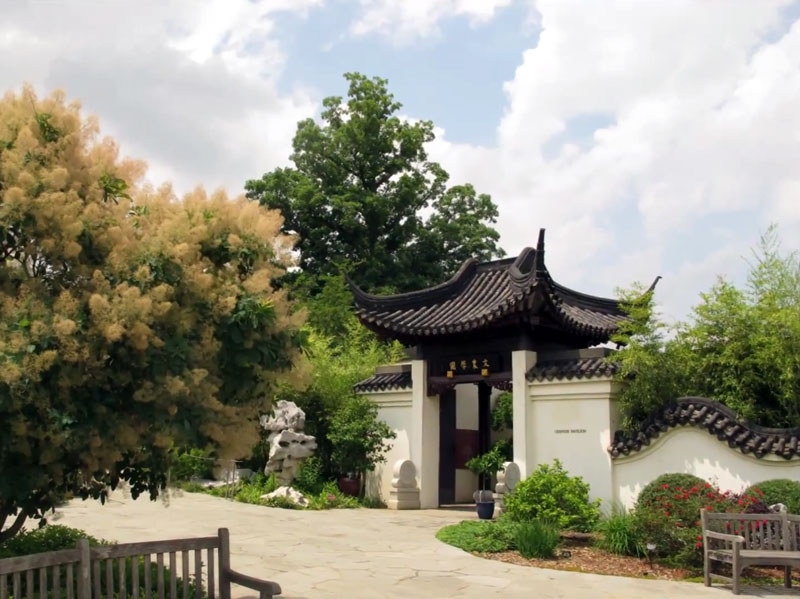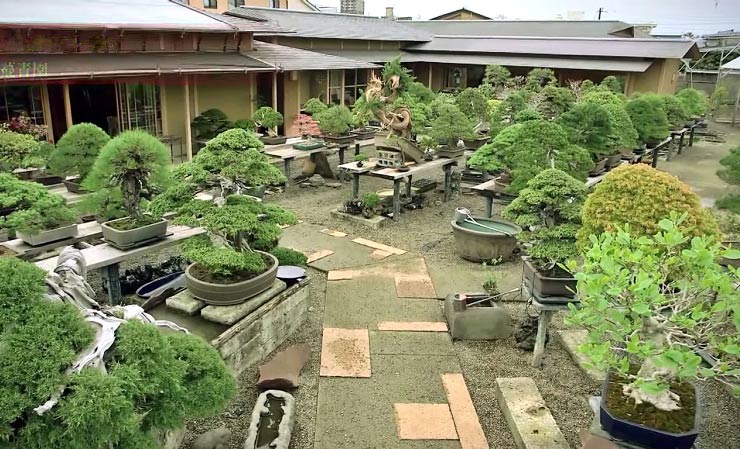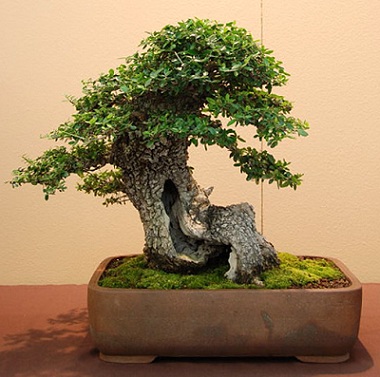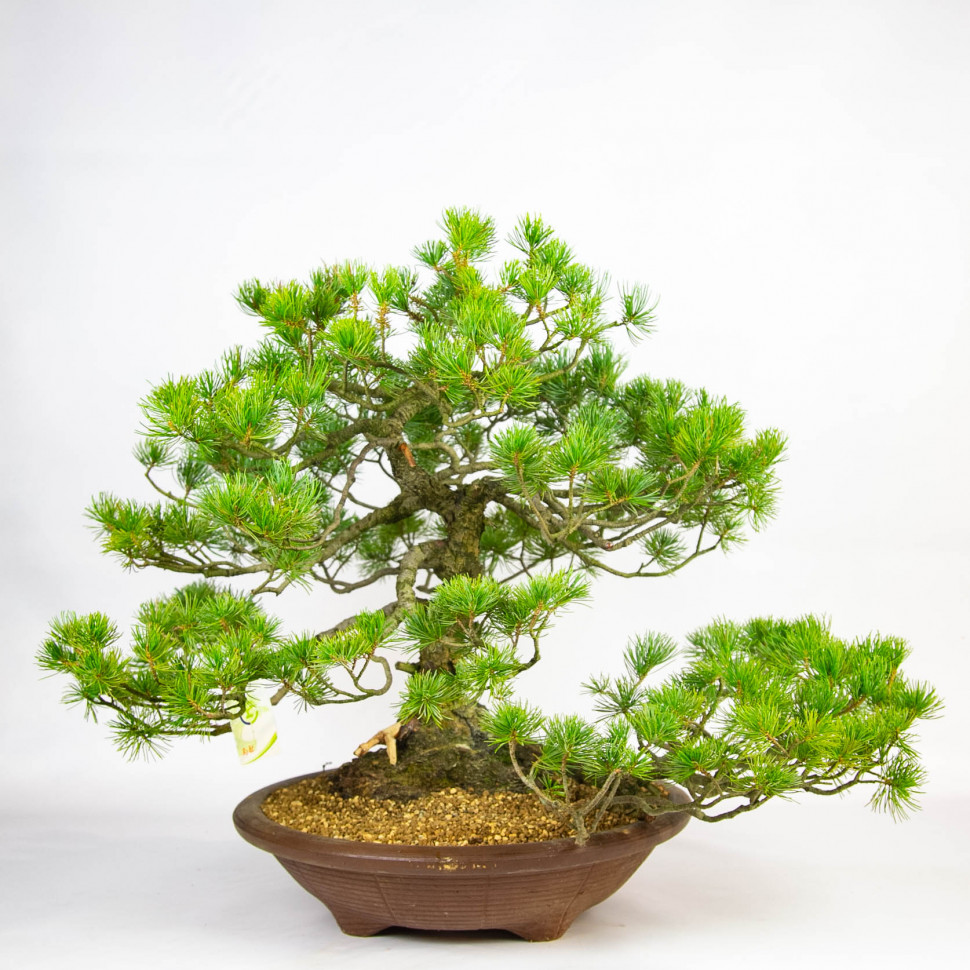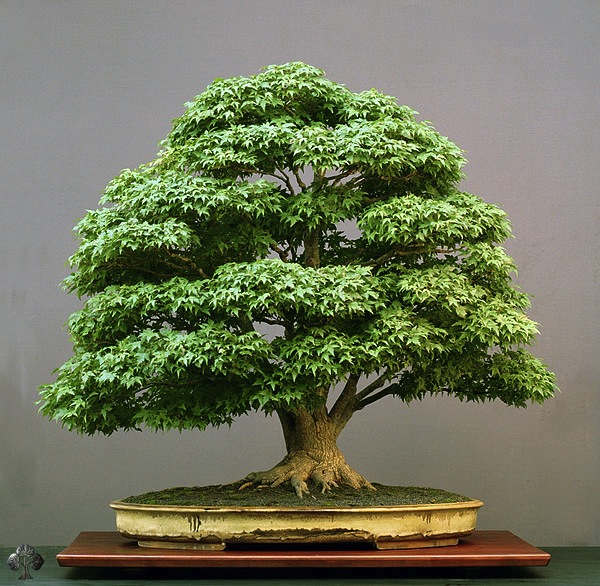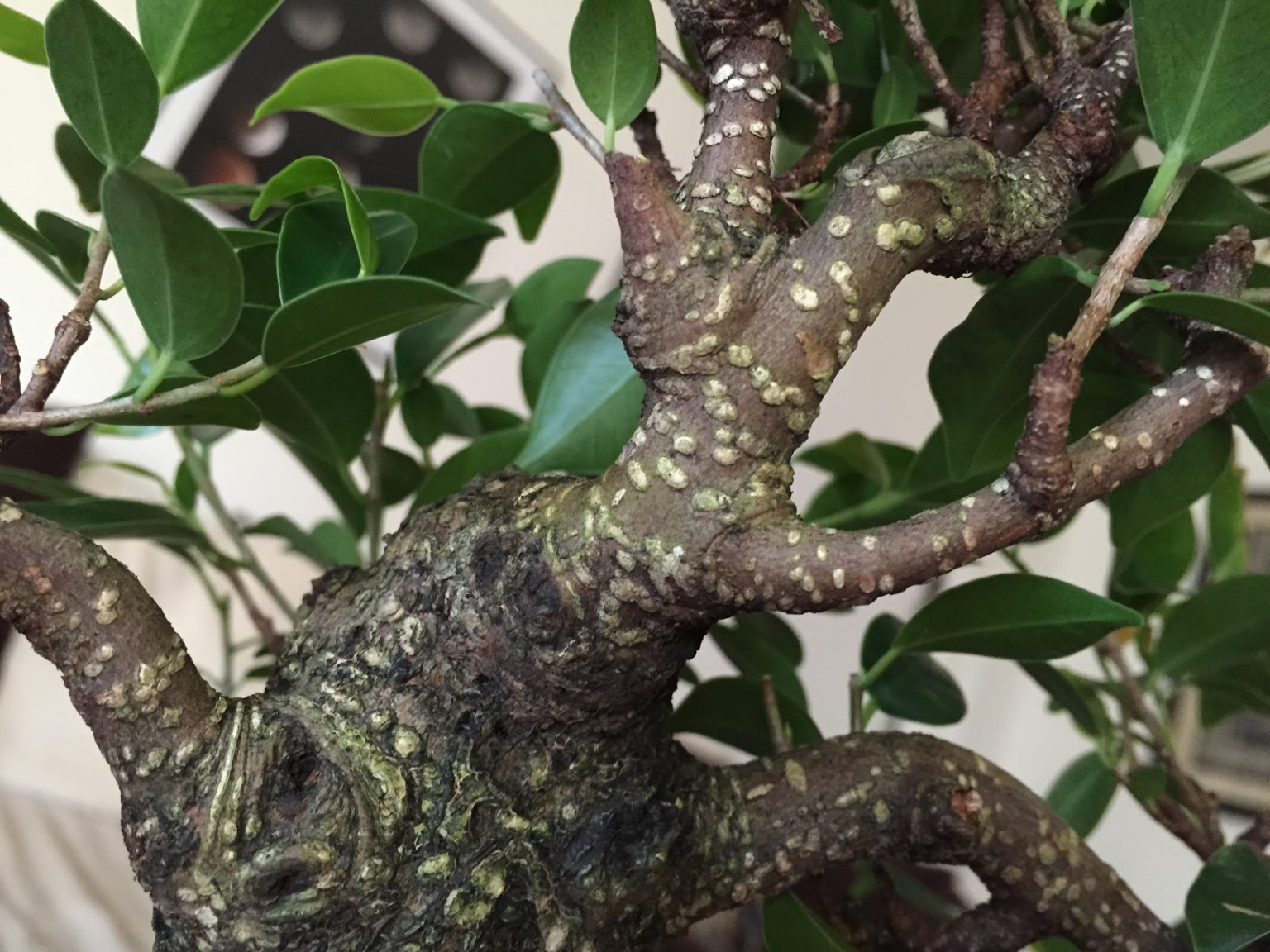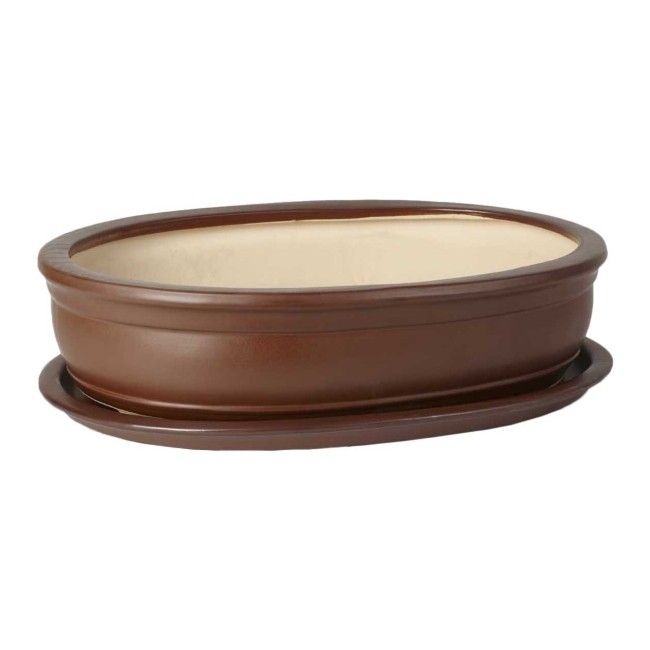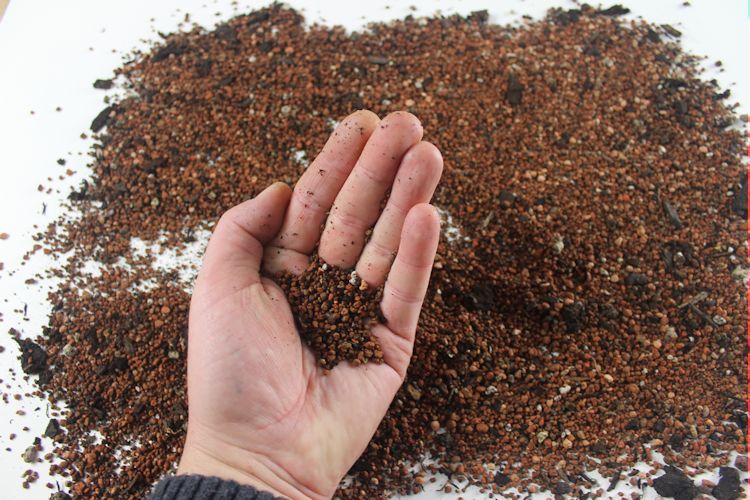In Japan the most beautiful and significantthe stones are called suiseki. Shaped by wind, rain and time, these beautiful stones take on a form and appearance that reminds us of the everyday life of nature. Suiseki are placed on special stands. After which they become a real work of art and a source of inspiration for the viewer.
Stones have fascinated people throughout history. They have been collected and used for various purposes, both utilitarian and decorative. Their permanence and durability, associated with longevity and immortality, have captivated us since time immemorial.
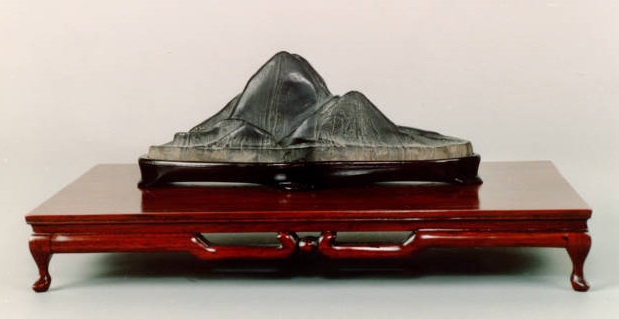
What is suiseki?
Suiseki (Sui - water, Seki - stone) is the Japanese name for miniature stones that form naturally and that have absorbed all the power and beauty of nature. They are also known as "stones for contemplation".
The most popular miniatures are those that resemble mountains, islands, animals or a human figure.
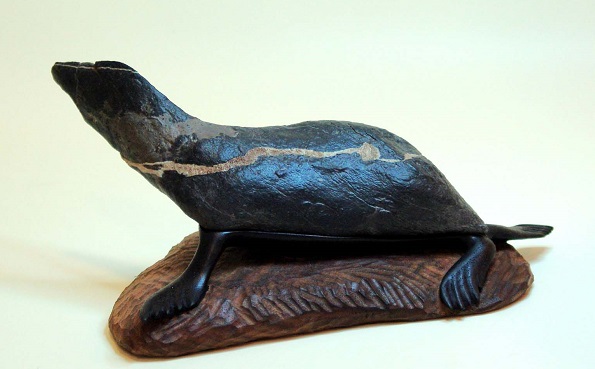
Such stones are found in mountain rivers and streams, deserts or along the ocean coastline. That is, generally anywhere where they can form under the influence of nature and time.
People who collectsuiseki, they find in the countless number of stones those that resemble a natural composition or some separate object.
Suiseki is a relatively new art form in the West, but one that is developing quite rapidly.
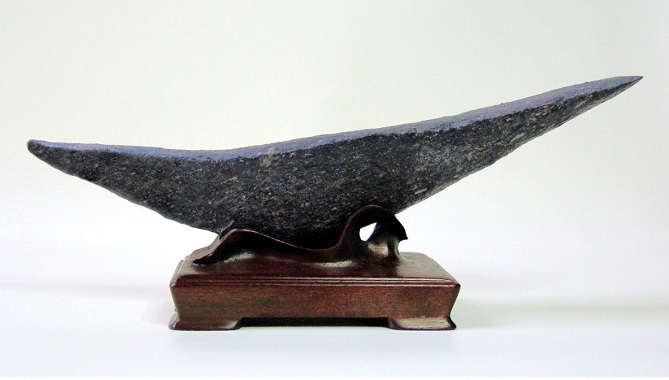
Interest in contemplating stones in the West arose due to the popularity of suiseki in its homeland. In the Old World, these stones first began to appear at bonsai exhibitions, and then became a separate art form.
Suiseki have the ability to evoke memories of the places where they were found. You can look at them endlessly, indulging in delightful memories. You can place yourbonsai next to some similar stones to make the picture look more realistic.
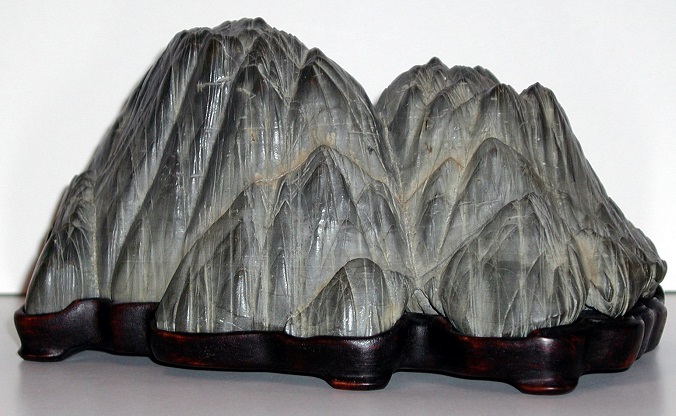
Not everyone likes suiseki, but most people appreciate their natural beauty, they are more than just a composition of a piece of stone. One of the articles of San Francisco Suiseki Kai says: "Contemplation of stone, as a symbol of nature, relaxes the mind, allows a break from the daily routine and reminds a person of real values. The importance of life, in its simplest form, is reflected in the beauty, strength and character of the stone."
You might be interested in: what is ikebana?
Classification
Suisekiare divided into three main groups. The first, most popular, is the Similarity to Natural Landscapes. They can evoke the impression of nearby or distant mountains, islands, waterfalls, caves, river terraces, lakes and other examples of natural typography.
The second group is Stone Objects. They resemble artificially created objects, such as boats, bridges, huts. These can also be stones in the shape of animals, birds, resembling fish or humans.


Stones with an unusual structure belong to the third category. They are valued for their unique and unusual shape, color or composition, which may include various minerals. The most famous of this group are Japanese chrysanthemum stones.

